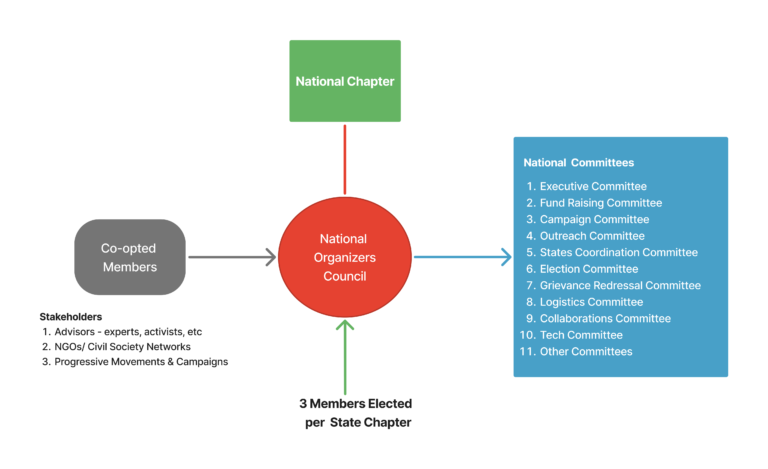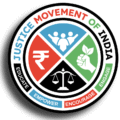Our Movement structure
JMI believes that decentralization is essential for delivering services to citizens efficiently. Therefore, we advocate for a bottom-up approach rather than the conventional top-down model. Our movement is structured accordingly, emphasizing grassroots participation and empowering communities to drive change from the ground up.
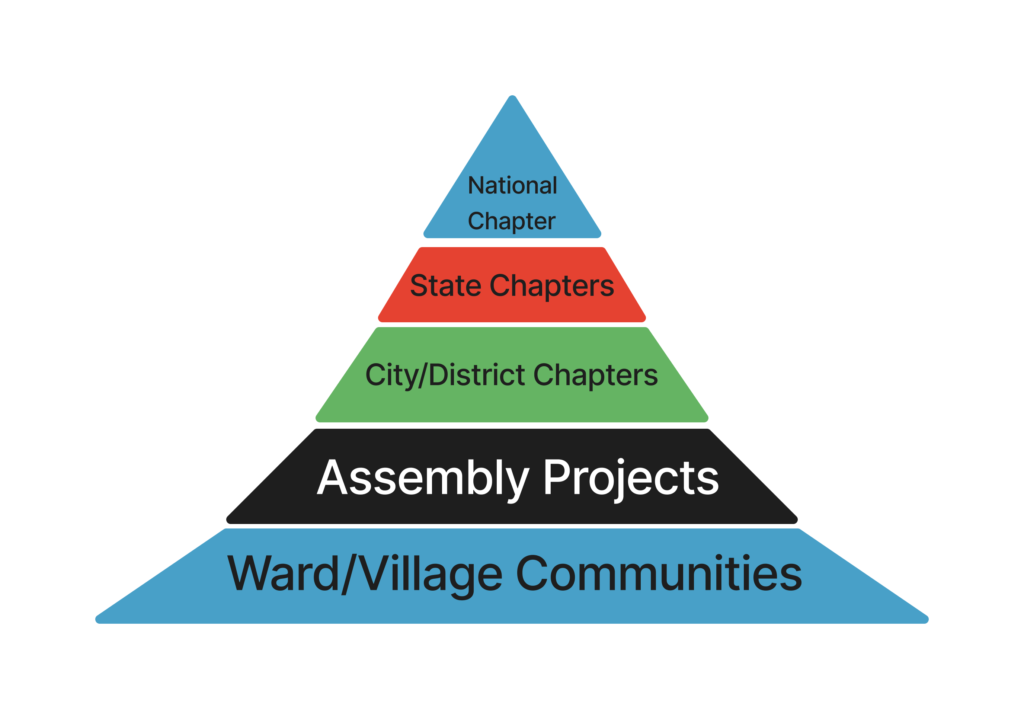
Village/Ward communities
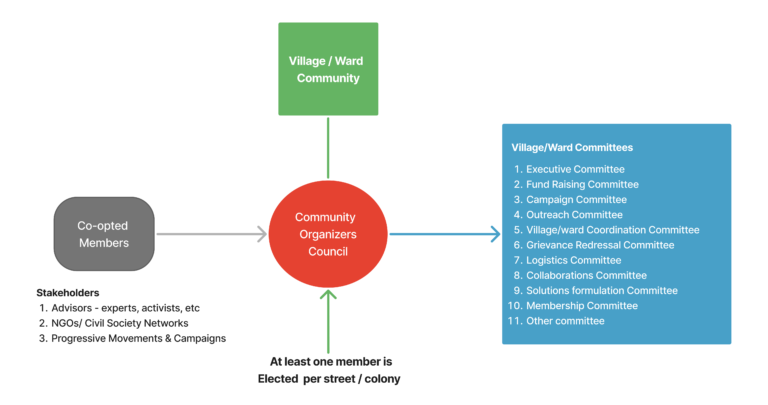
This rough guideline outlines the steps for effectively establishing a village/ward community within our movement. The process begins by forming a working group and, upon successful representation from at least two-thirds of the areas or streets within a village or ward, this group can graduate to become a full-fledged unit.
Step 1: Conduct a public survey to identify and prioritise the most pressing local issues based on citizen feedback.
Step 2: Raise awareness among the local population about these issues and the importance of community sustainability.
Step 3: Form a coalition of experts, NGOs, and engaged citizens to help develop solutions that adhere to our fourfold model of social, economic, political, and environmental justice.
Step 4: Implement these solutions through partnerships with local government officials, politicians, NGOs, and the broader community.
Step 5: To further address local challenges, motivate and support citizens with humble backgrounds and a passion for public service to run in local or state elections.
Step 6: Ensure the sustainability of our efforts by maintaining the core principles of the movement. This involves establishing a strong civil society at the constituency level that can act as a pressure group and electing a member of this civil society as a representative.
By following these steps, we lay a strong foundation for a dynamic and impactful village/ward community that actively contributes to our overarching goal of achieving justice and sustainable development.
Step 2: Raise awareness among the local population about these issues and the importance of community sustainability.
Step 3: Form a coalition of experts, NGOs, and engaged citizens to help develop solutions that adhere to our fourfold model of social, economic, political, and environmental justice.
Step 4: Implement these solutions through partnerships with local government officials, politicians, NGOs, and the broader community.
Step 5: To further address local challenges, motivate and support citizens with humble backgrounds and a passion for public service to run in local or state elections.
Step 6: Ensure the sustainability of our efforts by maintaining the core principles of the movement. This involves establishing a strong civil society at the constituency level that can act as a pressure group and electing a member of this civil society as a representative.
By following these steps, we lay a strong foundation for a dynamic and impactful village/ward community that actively contributes to our overarching goal of achieving justice and sustainable development.
All the other upper units also can start as working groups and when the specified criteria of members are satisfied from at least 2/3rds of the units under the given unit. For example, an Assembly Project can start as a working group and transition into a full fledged unit when at least 2/3 rd of the Village/Ward Communities are active and have the capacity to elect the required 3 Members per Village/Ward Community.
Assembly Projects
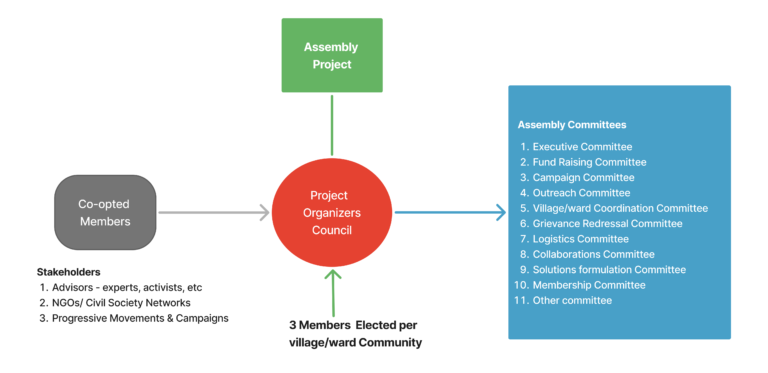
District/city chapters
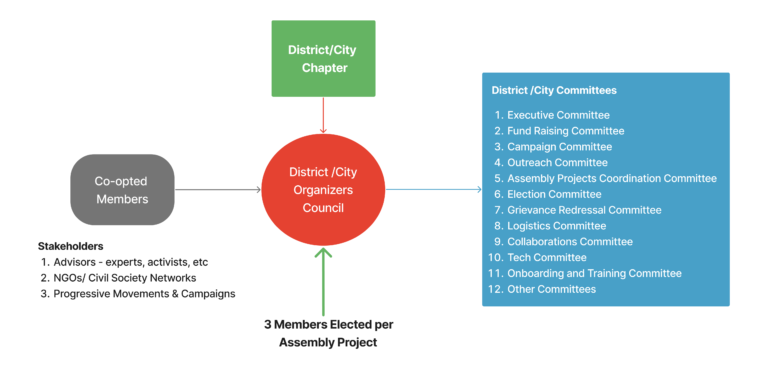
State chapters
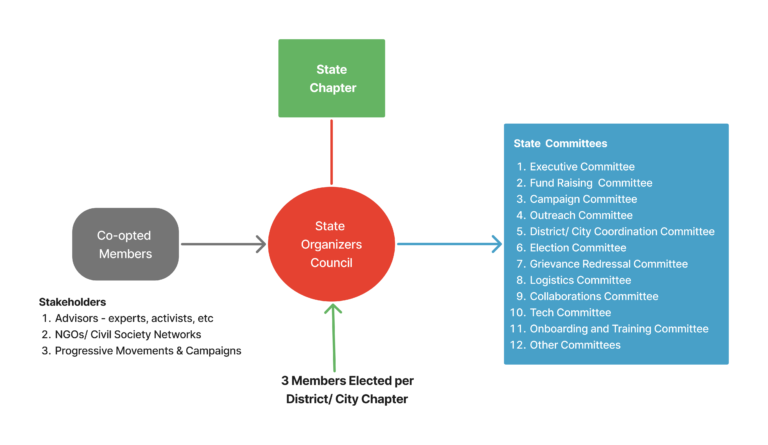
National chapter
